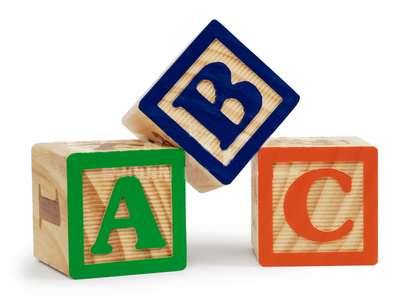 When a client requests a translation from an agency, they usually require that certain guidelines are met, or provide instructions or directions that need to be followed during the work. For example, a client may request compliance with a glossary of specific terminology, that the text is written in a specific font or color, or ask for it to be delivered in a particular format, just to name a few examples. Additionally, they can ask that the translator(s) respect(s) a certain register for the translation, in this case because the end client is someone whose translations are normally read by an audience with a certain level of literacy and expectation (whether it is an academic level, which requires use of a high reading, or a person with incomplete secondary, in which case you should user a lower register).
When a client requests a translation from an agency, they usually require that certain guidelines are met, or provide instructions or directions that need to be followed during the work. For example, a client may request compliance with a glossary of specific terminology, that the text is written in a specific font or color, or ask for it to be delivered in a particular format, just to name a few examples. Additionally, they can ask that the translator(s) respect(s) a certain register for the translation, in this case because the end client is someone whose translations are normally read by an audience with a certain level of literacy and expectation (whether it is an academic level, which requires use of a high reading, or a person with incomplete secondary, in which case you should user a lower register).
Writing to a high pitch is not difficult for a translator, mostly because translators have a strong academic background that lets them use the right words for each audience and the subject in question, investigate, apply the appropriate terminology, etc. The problem arises when you move the register down, that is, writing “simply” (not to be confused with bad writing, which is unacceptable), which, by nature, a lover of language often has trouble mastering. For this reason, it is essential to consider some key aspects when lowering the register of a translation.
If the translation aims to target a level of education no higher than primary schooling, we recommend:
* Use common words, without too much complexity. It is expected that these common words are part of the vocabulary and oral and verbal vocabulary of the person speaking the target language.
* Process simple written sentences so the language can be understood accurately, quickly and easily.
* Avoid using subordinates, with compound tenses that are significantly more complex to understand.
* Do not overdo the length of paragraphs. The shorter a paragraph is, the easier it is to follow the line of what is being read. Long paragraphs tend to bore or tire the reader, and thus they lose the ability to comprehend.
Just as there are different levels of translation, there may also be different levels of reading it. According to UNESCO, in a study to monitor the different levels of literacy in a population, people may have different levels of text reading:
Level I (primary literal reading). This is the most basic and simple reading and involves the explicit recognition of local structures, identifying the actors in a story, the key pieces in the argument and explicitly stated relations.
Level II (literal reading, paraphrase mode). This level has a higher level of complexity in reading, and requires a translation of the words covered by the literal meaning of the text. The questions ask to retell the text in other words, without requiring a deep understanding of it.
Level III (inferential reading). At this level, fill the empty spaces of the text, making explicit the assumptions on which it is based, link propositions at the micro and macro textual and identify different kinds of relations implicit in the text. The questions require linking of the text around an issue and acknowledging partial textual outlines.
(Spanish version: https://www.trustedtranslations.com/como-escribir-simple-2011-01-25.html)





